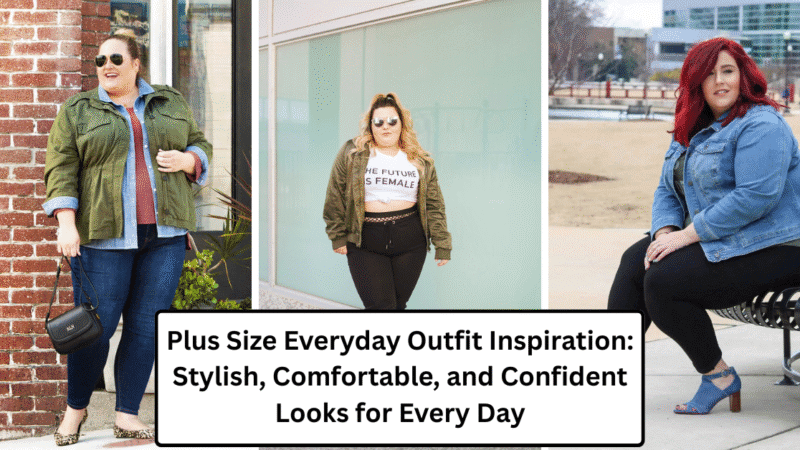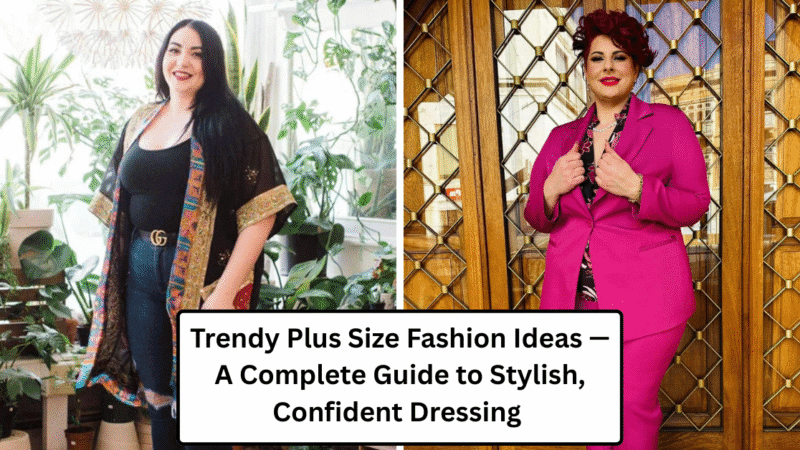Modest Clothing for Women: Style, Culture, and Empowerment
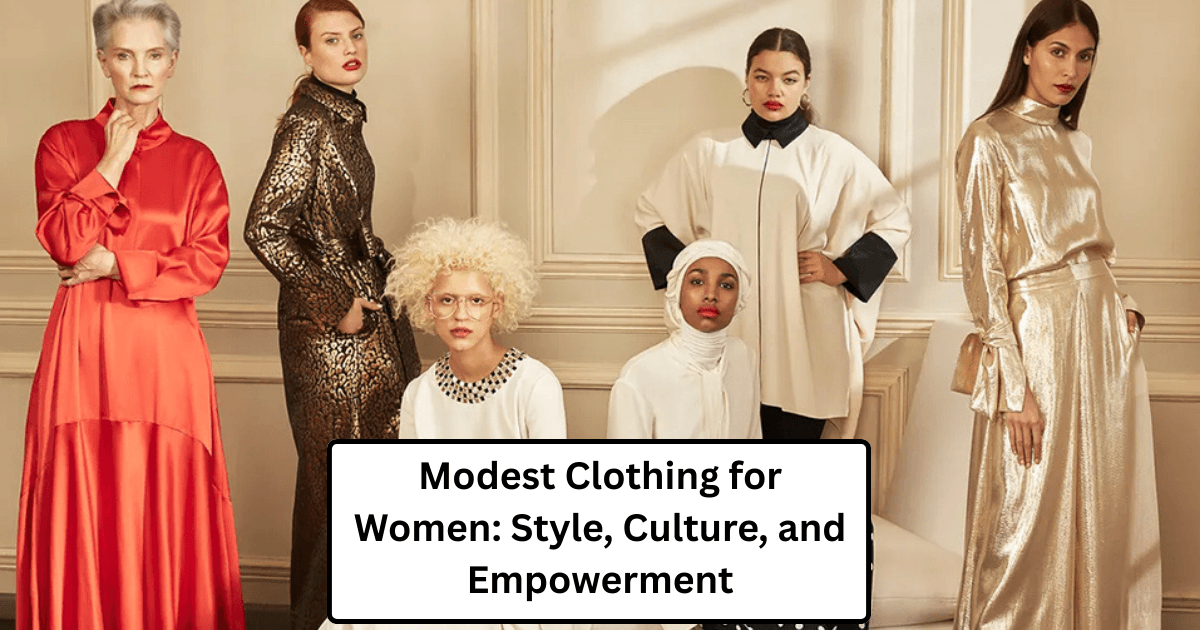
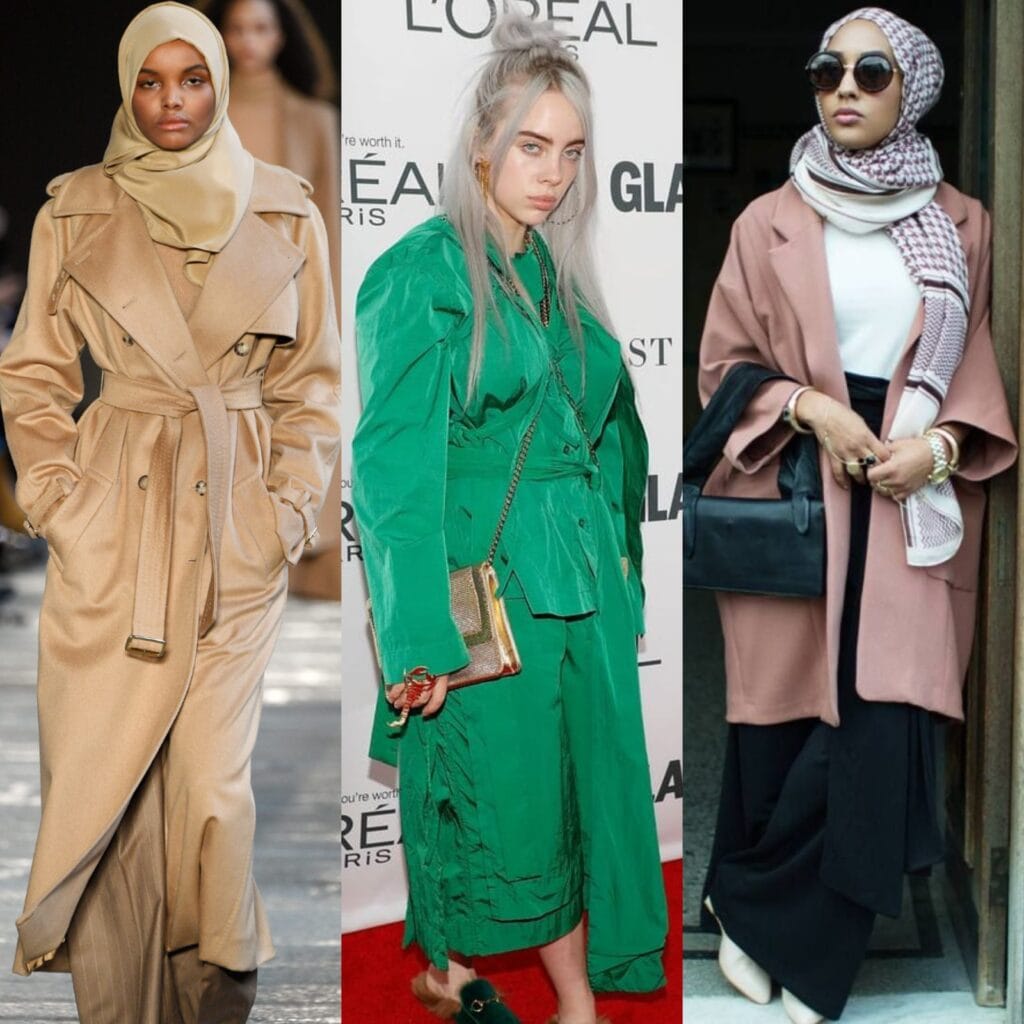
Fashion is more than fabric—it’s a statement of who we are, what we value, and how we choose to express ourselves. For many women, clothing is not just about trends or luxury labels; it is about comfort, dignity, and identity. Modest clothing for women is one of the most powerful ways to balance style with substance.
In recent years, Modest Clothing for Women has become more visible than ever before. From faith-based traditions to personal style choices, women around the world are embracing modesty in creative and empowering ways. This blog post will explore the meaning of Modest Clothing for Women, its cultural and religious roots, its rise in global fashion, and practical tips for women who want to build a modest yet stylish wardrobe.
What Does Modest Clothing for Women Mean?
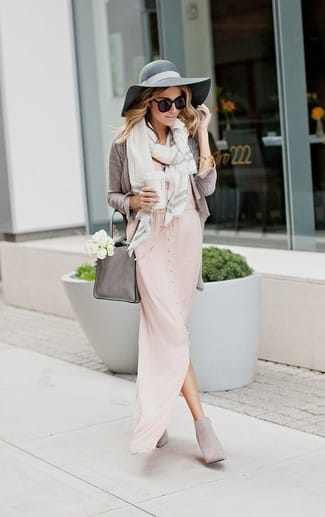
At its core, Modest Clothing for Women refers to clothing that provides more coverage than mainstream fashion trends. But modesty is not one-size-fits-all. The way a woman defines Modest Clothing for Women depends on her culture, beliefs, and personal preferences.
Some key features of modest clothing include:
- Loose-fitting dresses or skirts that reach below the knee.
- Tops with higher necklines and longer sleeves.
- Layering with cardigans, blazers, or kimonos.
- Headscarves, hijabs, or shawls for additional coverage.
- Avoidance of overly tight, short, or revealing pieces.
In simple terms, modest clothing is about dressing with dignity and grace without sacrificing personal style.
The Historical Roots of Modest Fashion
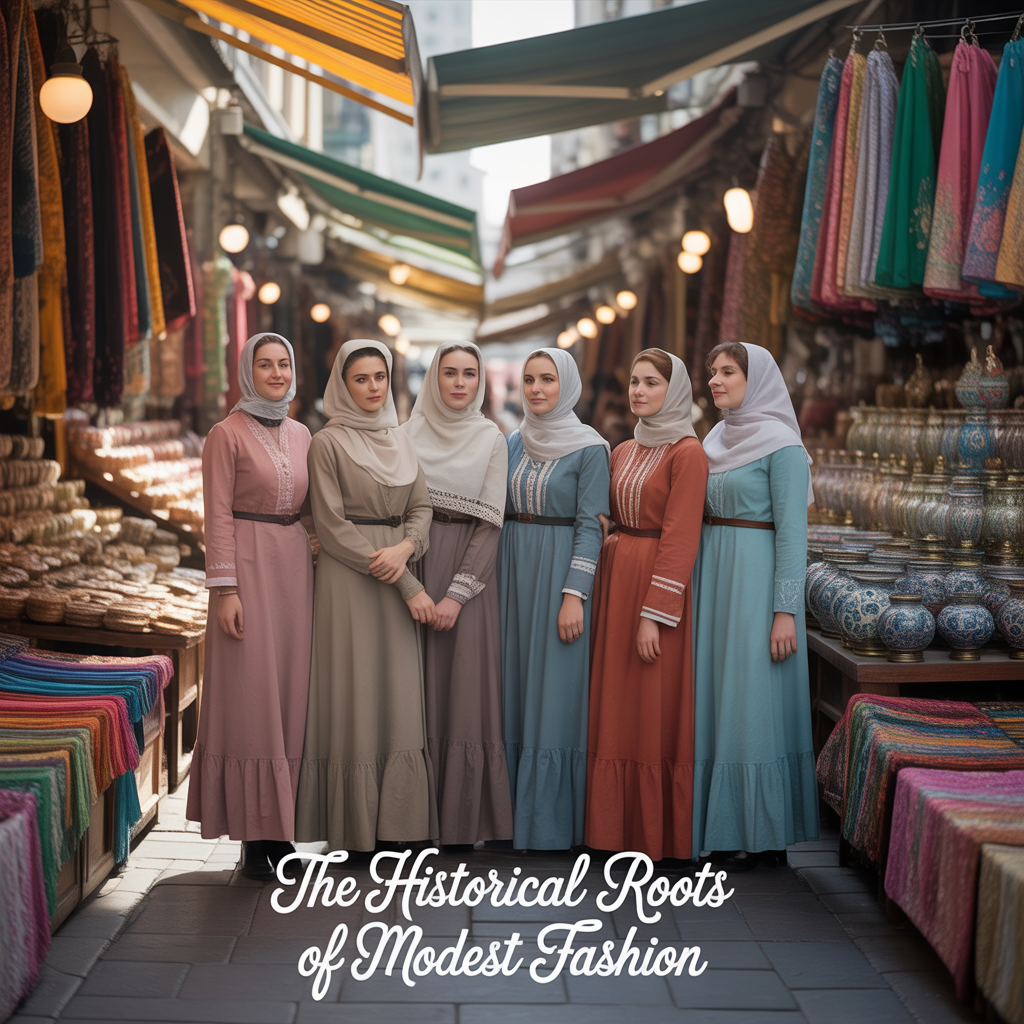
Modest clothing is not new. It has existed for thousands of years in different civilizations and religions.
- Ancient Civilizations: In ancient Egypt, Greece, and Rome, garments often draped over the body for full coverage. Modesty reflected respectability and status.
- Religious Influence:
- In Islam, women are encouraged to dress in ways that conceal the body’s shape.
- In Christianity, modesty is often tied to humility and virtue.
- In Judaism, tzniut teaches women to dress with dignity and self-respect.
- In Islam, women are encouraged to dress in ways that conceal the body’s shape.
- Victorian Era: In the 19th century, women in Europe wore long dresses with high collars and layers of fabric, reflecting modesty as a sign of class and refinement.
Clearly, modest fashion is not a new trend but a timeless expression of values.
Why Women Choose Modest Clothing
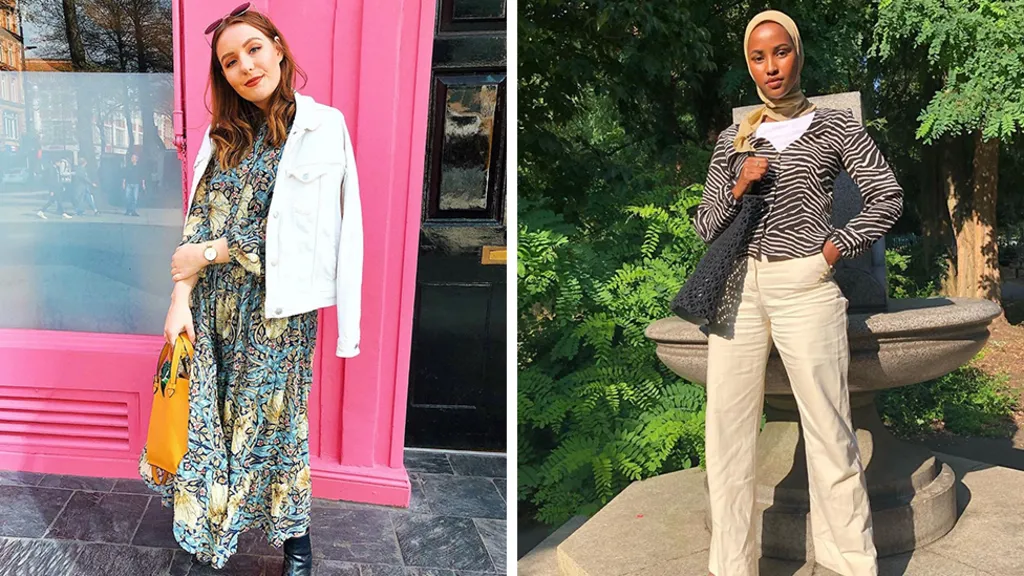
There are many reasons why women choose modest clothing. While some do so because of faith, others find empowerment in modesty itself.
1. Faith and Spirituality
For religious women, modest clothing is an act of devotion. It aligns their outward appearance with their inner values.
2. Cultural Identity
Modest fashion allows women to connect with their heritage and preserve traditions while adapting them to modern life.
3. Confidence and Empowerment
Contrary to stereotypes, modest dressing can feel liberating. Many women feel stronger and more respected when their clothing commands attention for the right reasons.
4. Professionalism
In work environments, modest clothing often conveys seriousness, authority, and credibility.
5. Style and Personal Preference
Modesty does not mean boring. With today’s fashion choices, women can embrace modesty without compromising style.
The Global Rise of Modest Fashion
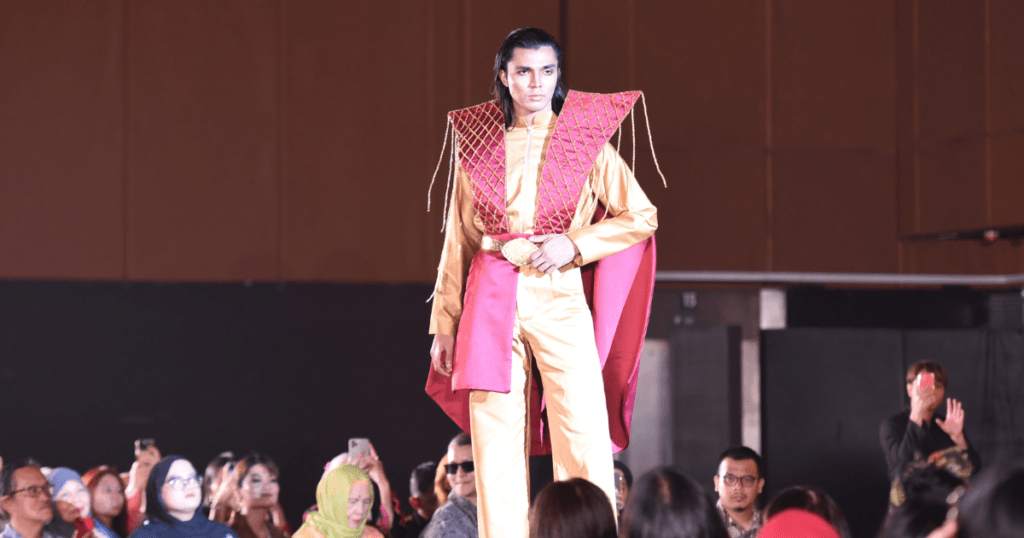
The past decade has seen an explosion in the modest fashion industry. It is now a billion-dollar market that continues to grow as more women seek inclusive and diverse clothing options.
Fashion Weeks and Modest Fashion Shows
Cities like Dubai, London, and Istanbul now host Modest Fashion Weeks, showcasing designers who specialize in stylish yet modest collections.
Mainstream Fashion Brands
Well-known brands such as Dolce & Gabbana, Nike, Uniqlo, and H&M have launched modest clothing lines, offering hijabs, abayas, and long dresses for global customers.
Influencers and Social Media
Instagram, YouTube, and TikTok are filled with modest fashion influencers who inspire millions with outfit ideas, styling tips, and faith-based fashion discussions.
This rise proves that modest fashion is not a passing trend but a global movement.
Key Elements of Modest Clothing
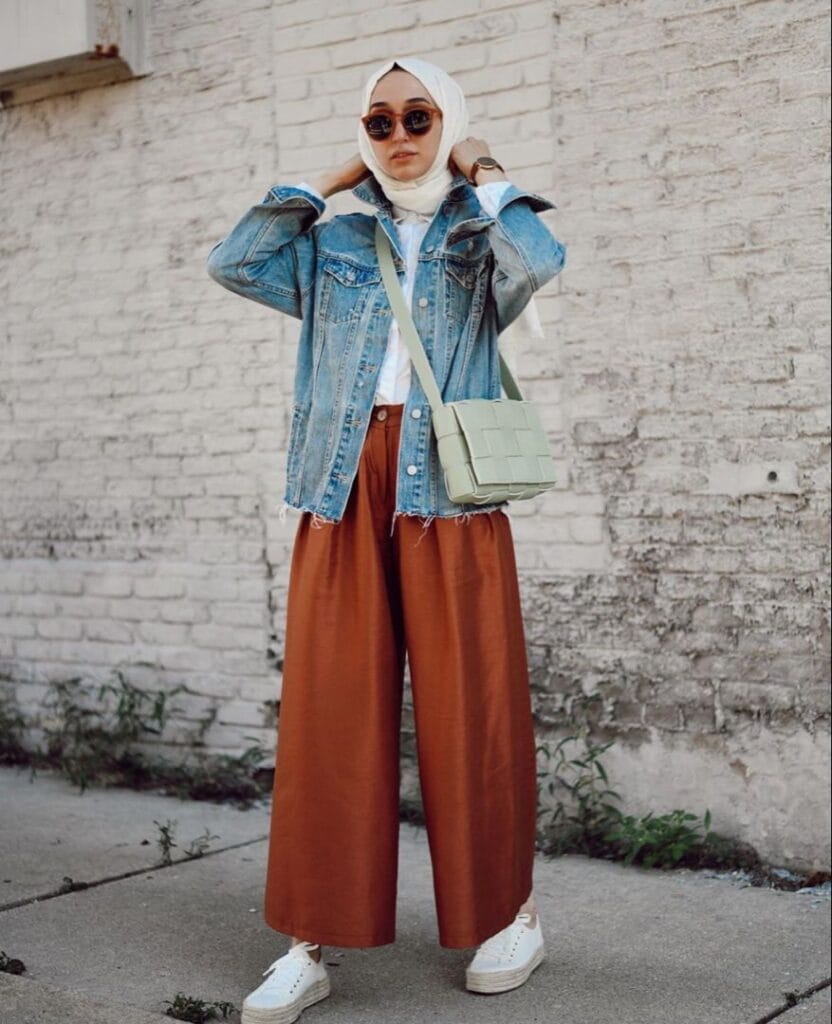
Modest fashion can be styled in endless ways. Here are the most common elements:
1. Dresses and Skirts
Maxi dresses and skirts provide elegance and coverage. They come in flowing fabrics that flatter all body types.
2. Abayas and Kaftans
These traditional garments, especially popular in the Middle East, combine modesty with sophistication. Modern designs feature embroidery, bold prints, and luxe fabrics.
3. Hijabs and Headscarves
The hijab is one of the most recognizable aspects of modest clothing. Women style it in countless ways, from simple wraps to layered scarves with accessories.
4. Wide-Leg Trousers
Instead of tight jeans, many women prefer palazzo pants or culottes, which are modest yet chic.
5. Layering Techniques
Adding blazers, long cardigans, or trench coats helps create stylish, modest outfits perfect for all occasions.
Modest Fashion Meets Modern Trends
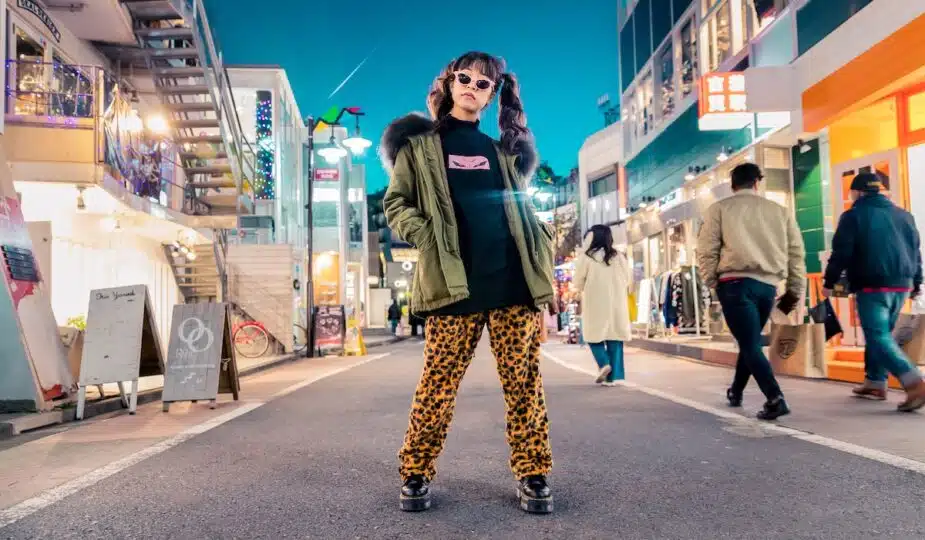
Modest clothing is not stuck in the past. Today’s trends make it fresh and fashionable.
- Minimalist Modesty: Simple cuts, solid colors, and neutral tones.
- Street Style: Oversized hoodies, sneakers, and modest layering for casual wear.
- Luxury Wear: Designers use silk, velvet, and satin to create elegant modest evening gowns.
- Sportswear: Nike and Adidas now design modest activewear, including hijab-friendly sports gear.
This blend of tradition and modernity makes modest fashion versatile for every lifestyle.
Common Misconceptions About Modest Fashion
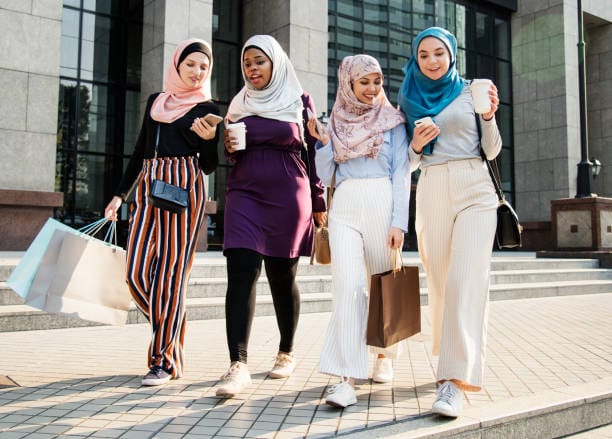
Despite its popularity, modest fashion is often misunderstood. Let’s clear up some myths:
- “It’s outdated.”
Wrong. Modest fashion is constantly evolving with contemporary cuts and designs. - “It’s only for Muslim women.”
False. Women from all religions, cultures, and personal styles embrace modest fashion. - “It limits creativity.”
On the contrary, modest fashion thrives on creativity—layering, accessorizing, and experimenting with textures. - “It’s restrictive.”
For many women, dressing modestly is not a limitation but a conscious choice for comfort and empowerment.
How to Build a Modest Wardrobe
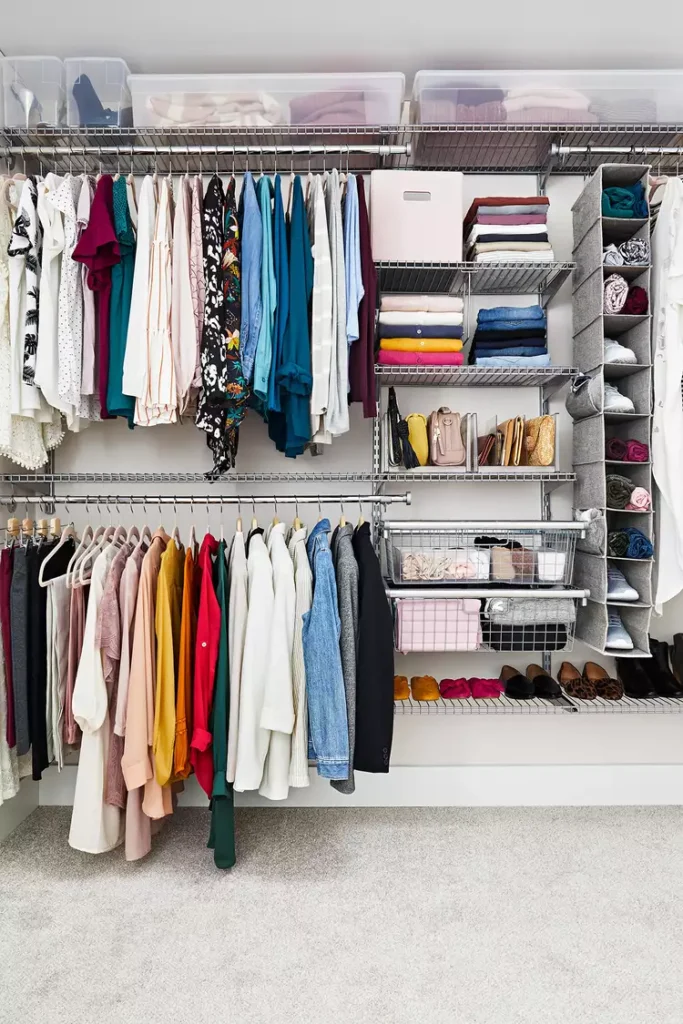
Building a modest wardrobe does not mean giving up on style. Here are practical steps:
- Start with Basics: Neutral maxi skirts, wide trousers, and long-sleeved tops.
- Use Layering: Cardigans, blazers, and trench coats add coverage while staying trendy.
- Choose Breathable Fabrics: Cotton, chiffon, and linen keep outfits comfortable.
- Experiment with Colors: Modest clothing doesn’t have to be dull—explore pastels, jewel tones, or bold prints.
- Invest in Accessories: Bags, shoes, and scarves elevate even the simplest modest outfits.
Modest Fashion Across Cultures
Modest fashion looks different around the world.
Middle Eastern Modesty
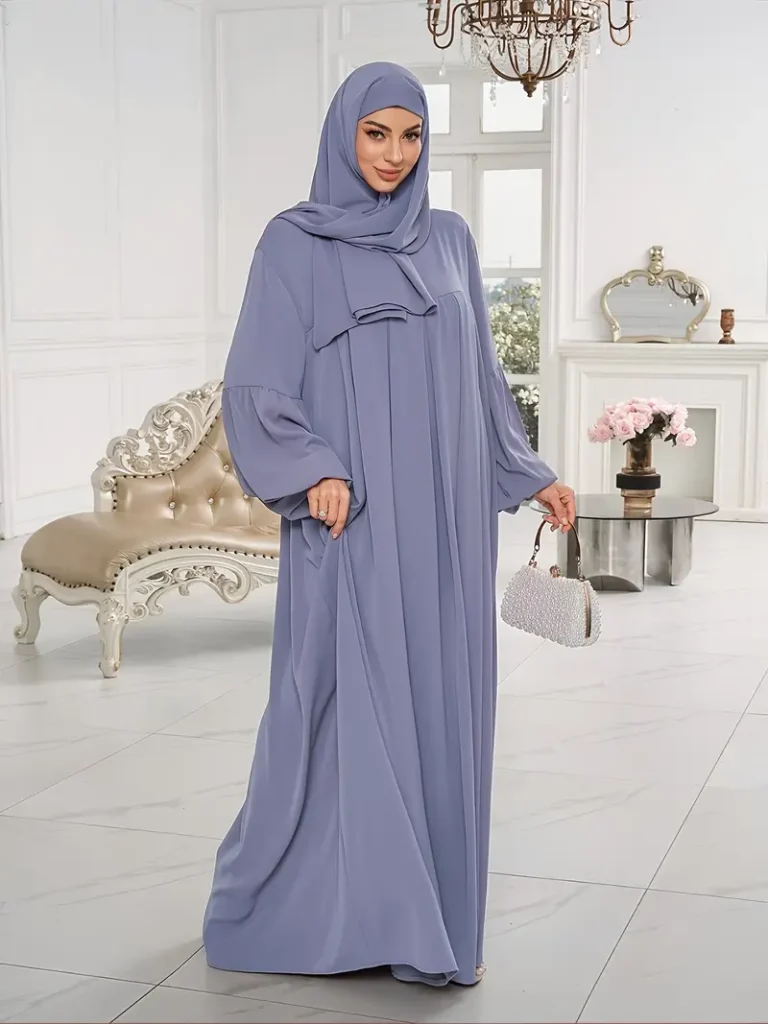
The abaya is a traditional Middle Eastern outer garment worn by many women across the Arab world, particularly in the Gulf countries like Saudi Arabia, the UAE, Qatar, and Kuwait. It’s a long, flowing black cloak that covers the body and is often worn over regular clothing, typically paired with a headscarf (hijab) and sometimes a face covering (niqab) depending on personal, cultural, or religious preferences.
The abaya serves both cultural and religious purposes, often symbolizing modesty in Islamic traditions. It also acts as a form of identity and self-expression, especially as fashion-forward versions have taken hold in the modern Middle East.
South Asian Modesty
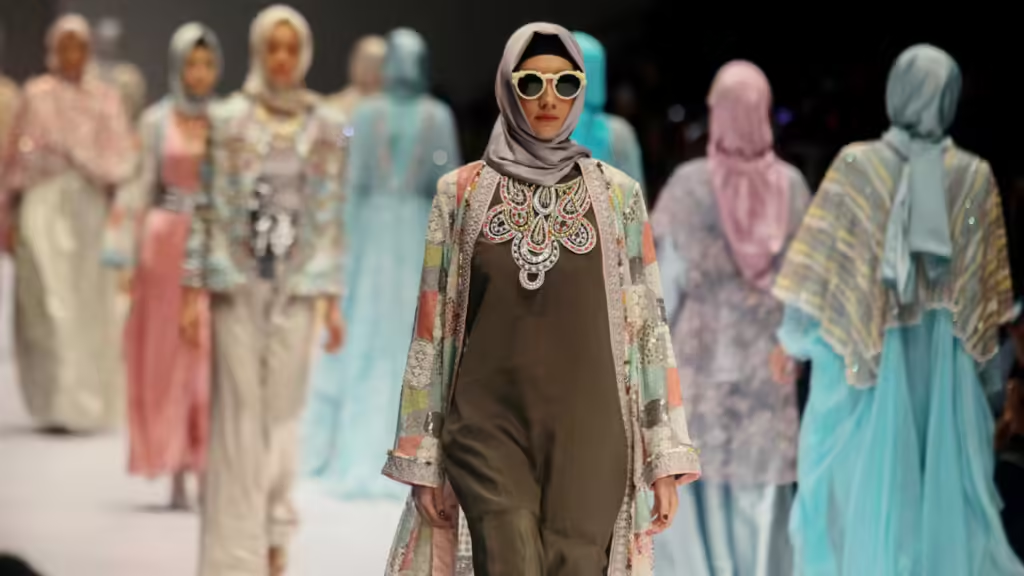
South Asian modesty in clothing is rooted in cultural, religious, and social values across countries like India, Pakistan, Bangladesh, Nepal, and Sri Lanka. It generally emphasizes coverage, elegance, and grace, often through traditional attire that balances modesty with intricate craftsmanship and vibrant aesthetics.
Fusion styles: Pairing kurtas with jeans or abayas with desi embroidery.
Modest fashion influencers: Many South Asian Muslim influencers are promoting elegant hijab-friendly desi fashion.
Modest bridal wear: High-neck, long-sleeved lehengas and gowns with dupatta-draping styles that maintain modesty while staying glamorous.
Western Modesty
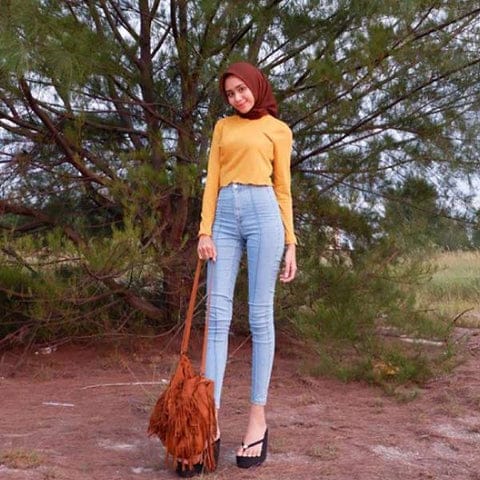
Western modesty emphasizes stylish yet conservative dressing, focusing on coverage without compromising elegance. Outfits typically feature high necklines, long sleeves, and midi or maxi lengths. Loose fits and layering (like blazers, cardigans, or coats) help maintain modesty. Influenced by Christian, Jewish, Muslim, and secular values, it spans both religious and personal expressions.
Neutral colors and minimalist designs are common, though some embrace bold or vintage styles. Brands and influencers promote modest fashion that’s both modern and ethical. Ultimately, Western modesty balances individuality with subtlety and grace.
African Modesty
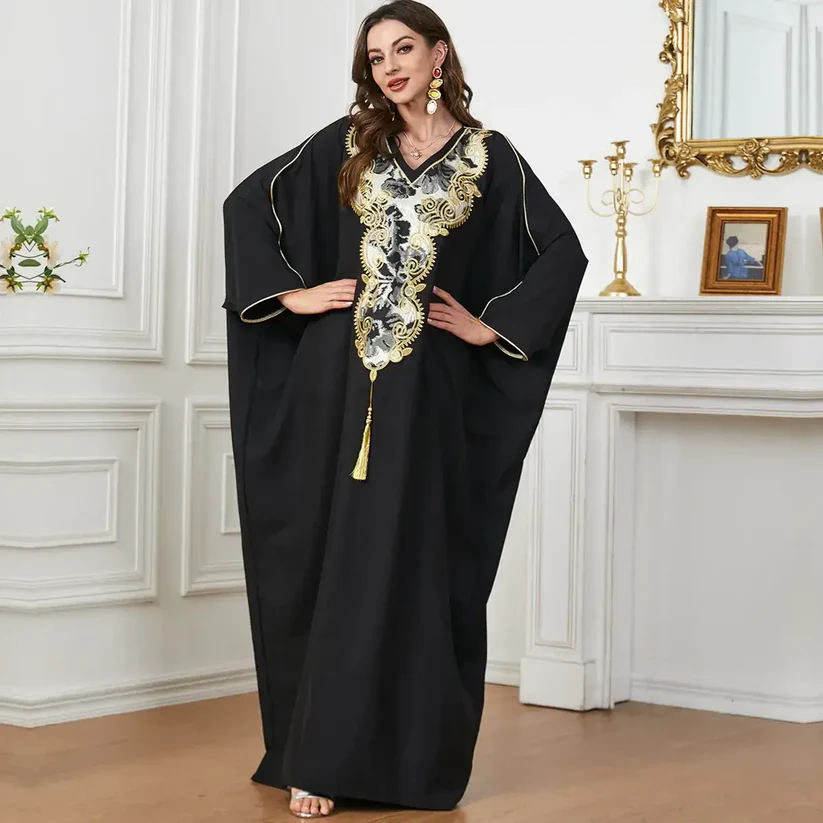
African modesty blends cultural heritage, religion, and personal values into dignified, elegant dress. Traditional garments like the boubou, kaftan, kanga, and jellaba offer full coverage with bold colors and patterns. Religious influence—from Islam and Christianity—shapes modest norms in many regions.
Women often wear headwraps like the gele or hijab as part of modest styling. Loose, flowing fabrics are preferred for comfort and respect. Modern African modest fashion merges traditional prints with contemporary cuts. Across Africa, modesty reflects identity, pride, and community values.
Modest Fashion in the Workplace

Workplace fashion often requires balance between professionalism and personal expression. Modest clothing fits perfectly in corporate environments because it reflects seriousness, confidence, and elegance. From tailored blazers with maxi skirts to high-neck blouses with wide-leg trousers, modest outfits project credibility while staying stylish. Many women find that modest workplace attire boosts respect and authority in professional settings.
Modest Sportswear: Comfort Meets Faith
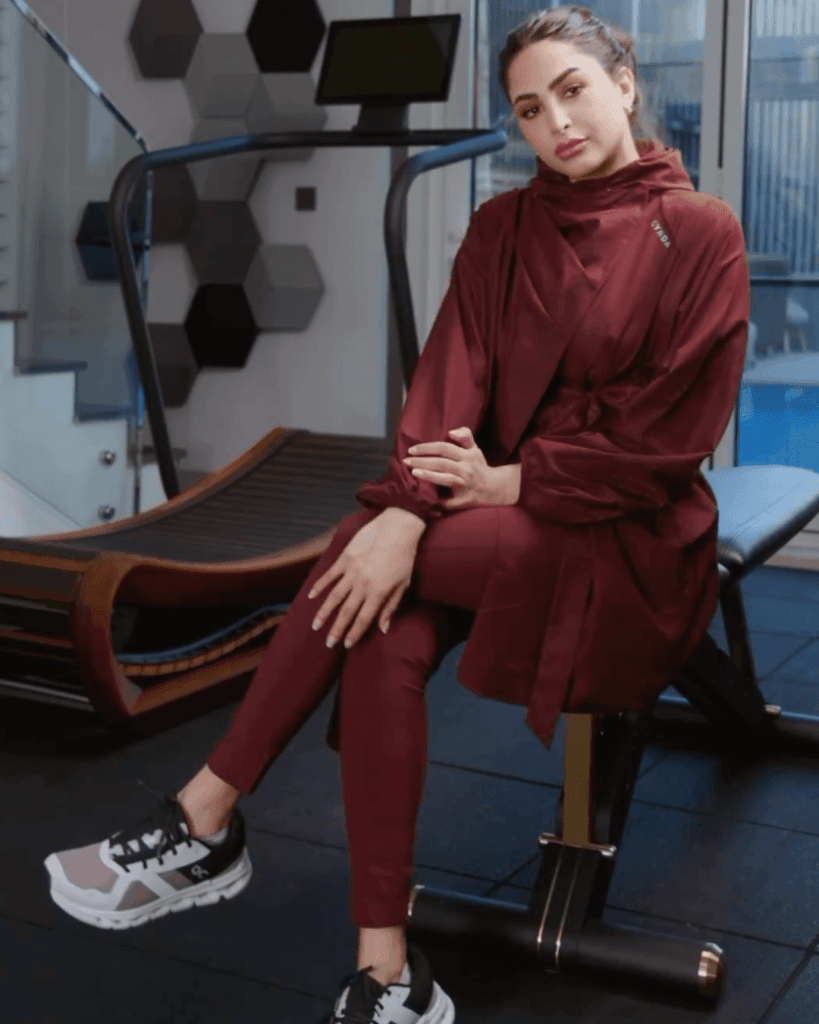
Sports fashion has transformed in recent years, with brands like Nike, Adidas, and Puma designing modest activewear. Women can now wear breathable hijabs, long-sleeved workout tops, and leggings paired with skirts for full coverage while staying active. This shift empowers women to participate in sports, fitness, and outdoor activities without compromising modesty.
Sustainability and Ethical Modest Fashion
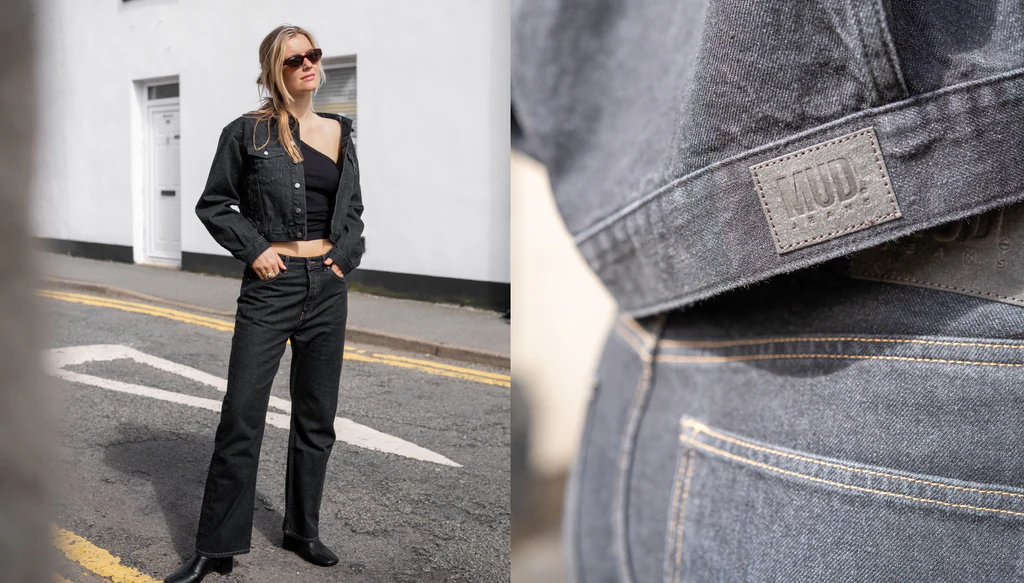
Sustainability is a rising trend in fashion, and modest clothing is no exception. Many women now prefer ethically sourced fabrics like organic cotton, bamboo, and linen for their modest outfits. Modest fashion brands are also promoting fair-trade practices, eco-friendly dyes, and slow fashion concepts. This not only benefits the environment but also aligns modesty with conscious living.
Modest Fashion for Teenagers
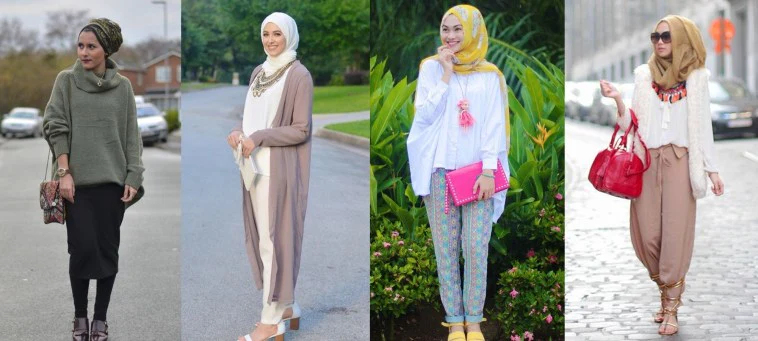
Teenagers often struggle to balance modesty with style. Thankfully, modest fashion for young women is now vibrant and trendy. Denim maxi skirts, oversized sweaters, colorful hijabs, and sneakers create fun yet modest looks. Social media influencers play a huge role in making modest fashion appealing for younger generations, blending modest values with pop culture trends.
Celebrity Influence on Modest Fashion

Celebrities have played a huge role in popularizing modest fashion. Stars like Gigi Hadid, Halima Aden, and Lindsay Lohan have been spotted in modest outfits, from long gowns to elegant abayas. Their influence has helped normalize modest clothing on red carpets, magazine covers, and social media, making it more appealing to women everywhere.
The Business of Modest Fashion
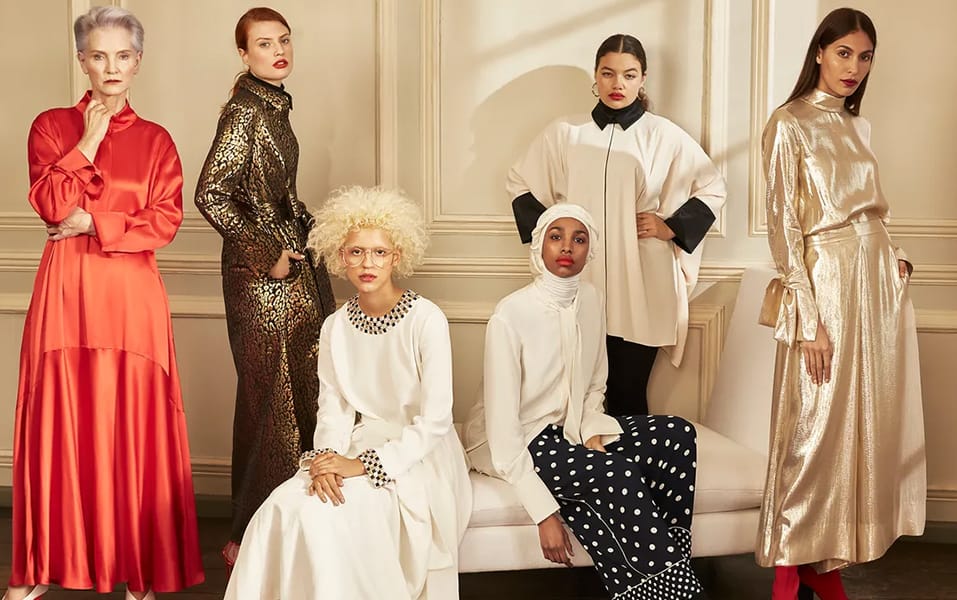
The modest fashion market is booming, estimated to reach billions globally. With Modest Fashion Weeks, e-commerce brands, and boutiques emerging worldwide, the industry now serves diverse audiences. Entrepreneurs, especially women, are leading modest fashion startups, designing clothes that combine tradition with modern trends. This growing business empowers women both as consumers and creators.
Modest Fashion for Different Body Types
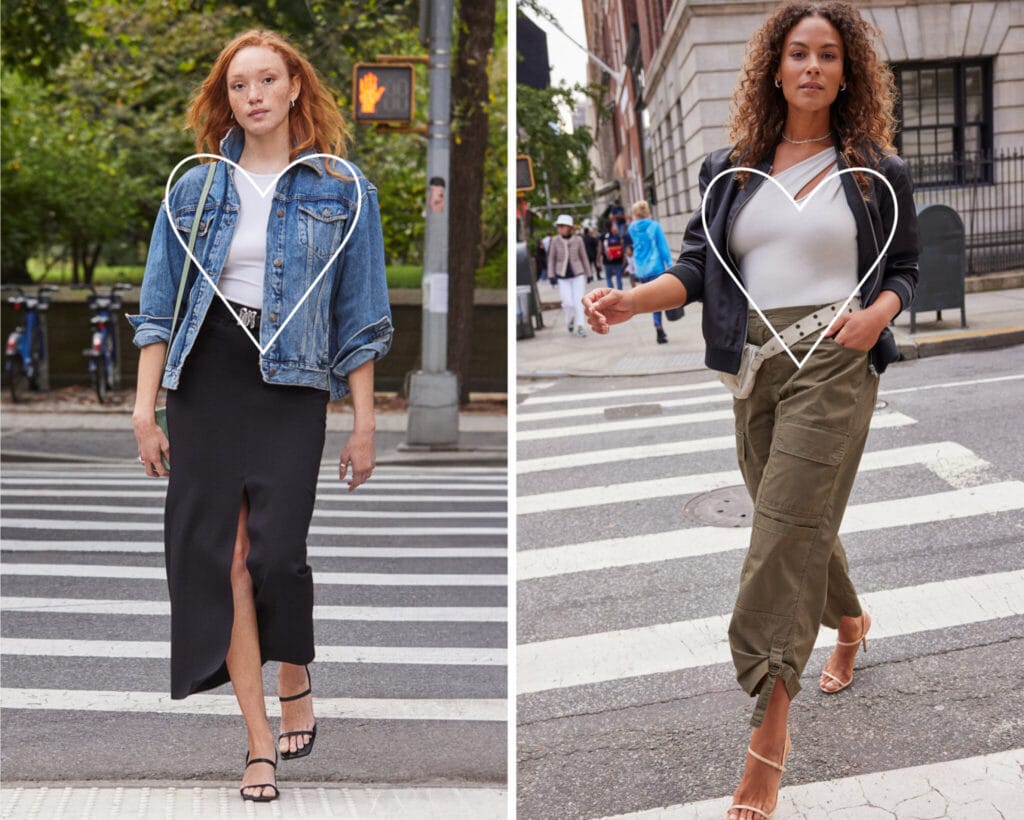
One of the best things about modest fashion is its inclusivity. It suits every body type, from petite to plus-size. Flowing dresses elongate the figure, while structured blazers add balance for curvier silhouettes. Layering techniques can highlight strengths while offering coverage. Many brands now create size-inclusive modest lines, ensuring all women can feel confident and stylish.
Modest clothing for women is not just about covering up—it’s about choice, empowerment, and identity. Whether rooted in faith, culture, or personal preference, modest fashion allows women to express themselves on their own terms.
From luxurious abayas to street-style modest wear, women now have endless ways to blend modesty with creativity. And with growing recognition in mainstream fashion, modest clothing is no longer confined to specific communities but celebrated worldwide.
If you’ve been considering adding modest fashion to your wardrobe, now is the perfect time. Explore different styles, experiment with layering, and create outfits that make you feel both confident and comfortable.
